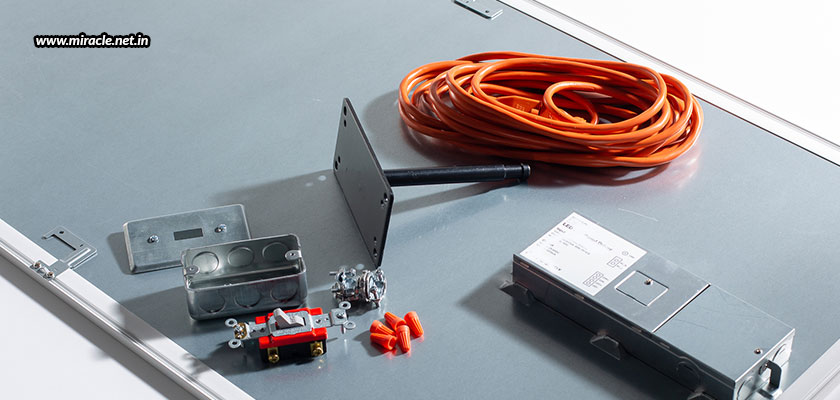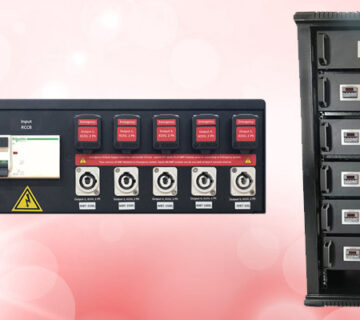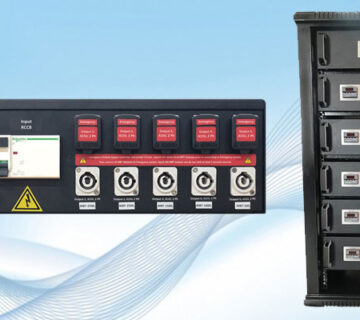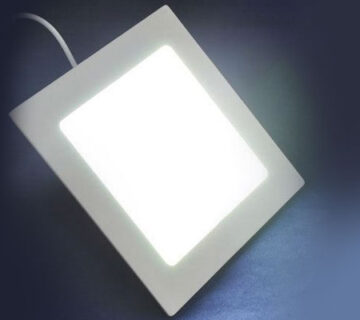There’s a rising need of small and smart LED drivers for the myriad of smart applications that are being used today. But, it is also important that these small smart drivers are efficient and reliable, while also being cost-effective. So, how is all of that possible? With the rising need of small LEDs, a variety of LED manufacturers have begun using matured LED component technology to build small efficient LEDs. But, not every manufacturer can build all of it in a slim, sleek, and aesthetically pleasing lighting fixture design. This is because the LED driver industry has been slow to adapt and provide high power density drivers, which has limited the creativity and imagination of LED lighting fixture designers.
High power density means the drive shrinks in size, while maintaining the same power output. But, achieving such high power density is challenging as with the rising power density, the power level of the driver drops too. Moreover, EMI compliance and basic safety isolation requirements are fixed, and occupy available space quickly at lower power levels. So, how can you achieve power densities that are seemingly unattainable? Below mentioned are some key factors that can help.
Mechanical size reduction
The most compact version of every component needs to be used, without compromising on performance. In fact, certain components should also be customized based on the desired density and shape.
Topology and IC design
With the right kind of topology and IC design, the number of components must be reduced, so as to reduce the size and cost of the driver. But, in the process, the driver performance and reliability must also be maintained.
Integration
Despite the higher costs, the latest and most integrated ICs from reputed IC manufacturers should be used, because integration is a huge factor for size reduction.
3D design techniques
Using 3D design techniques can dramatically minimize the amount of empty space left on the board and within the driver housing. Minimizing the noise path and optimizing the flow of energy through the converter can help with a successful high density design.
Thermal aspects
With the reduction in driver size, the contact area of the driver to the heatsink also shrinks, thus transferring lesser heat to the heatsink or chassis of the LED lighting fixture. Innovative circuit designs should be used to reduce the thermal load of the driver. Moreover, the sensitive components of the driver should be kept as cool as possible with the right thermal design techniques. For instance, a fully utilized driver contact surface allows a smaller thermal contact surface to be required to achieve the same case temperature. Hence, sound thermal design considerations must be used to effectively transfer heat from the driver and LED board into ambient air. The lower the Tc, the longer the lifespan of the driver, and higher will be the reliability of the system.
Miracle Electronics is one such supplier who uses lean manufacturing techniques that can help maximize product efficiencies with constantly improving processes. This is possible because of the enhanced knowledge and experience of the operators in the Miracle Electronics’ team, who help make the company capable of the best and most reliable programmable power supply for LED light panel in India.




